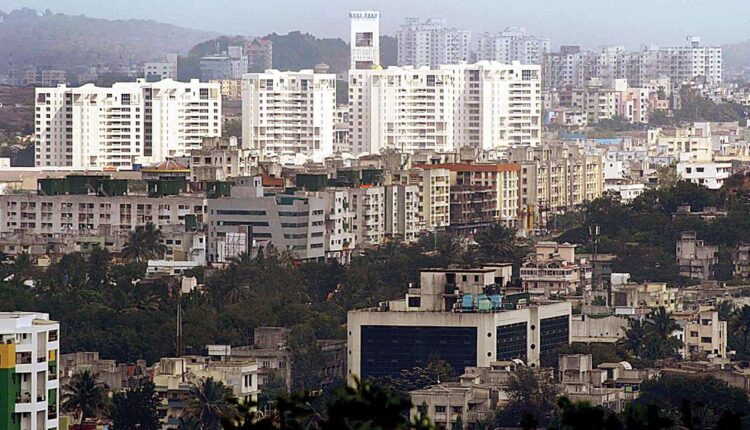Pune’s Jehangir Hospital starts system to record health record of stroke patients for better follow-up treatment
Although a Code Stroke programme is underway at the Jehangir hospital in Pune to treat stroke patients, the hospital authorities recently started a one-of-its-kind system called the Acute Stroke Care-Pathway.
Talking about the new system, Dr Soumya Chandrashekhar, consultant accident and emergency department at Jehangir hospital said, “The Acute Stroke Care-Pathway is a documentation of the patient’s health record, which will have history, comments and developments in the patient’s health. Access to this is given to doctors in the stroke team, including neurologists, radiologists, physiotherapists and clinical psychologists.”
He added, “This helps in monitoring a patient’s health and giving the right guidance during their follow-ups. Hence, this provides comprehensive care in a very systematic manner.”
Stroke affects the arteries leading to and within the brain. It is becoming an important cause of premature death and disability in countries like India, which is largely driven by demographic changes and enhanced by the increasing prevalence of the key modifiable risk factors.
A code stroke programme has been on since 2015 at the hospital, which gets close to 15-20 cases of stroke every month. Of these, around seven to eight cases go for thrombolytic treatment. Vinod Sawantwadkar, CEO, Jehangir Hospital, said, “We regularly monitor a quality indicator, which is the door to needle time in case of a stroke. Any stroke patient who comes into the emergency room is assessed immediately. If there are any signs of stroke, then the code stroke is activated on the public announcement system and the entire stroke team comes down to the emergency.”
The most crucial step while responding to a case of stroke is keeping track of the “golden hour”. In other words, the first four and a half hours are considered to be the most critical, or ‘golden’, because after an artery blockage, every minute 2 million neurons are lost. So, stroke patients have a much better chance of surviving and avoiding long-term brain damage after receiving a clot-dissolving injection if they arrive at the hospital and receive treatment and drug therapy within 4.5 hour of the onset of the symptoms. “Time bracket is 60 minutes or less (the door-to-treatment time) of acute ischaemic stroke treatment in hospital after the arrival of the patient,” Dr Chandrashekhar said.
Dr Sandeep Borse, neurologist at the Jehangir Hospital, said, “The majority of cases that we see are patients of 60 years of age and above. There are a few cases from the age group of 30-45 years too. This is because of the lifestyle that we are leading nowadays. Irregular eating habits, long work hours, excessive junk food consumption, smoking, alcoholism, Covid infection, etc. can be listed as the reasons.”
Dr Borse added, “Brain strokes are also hereditary in nature. When an acute stroke patient comes within the golden hour in the emergency room, a code stroke is activated. Then a rapid neuro examination, CT scan, and MRI are done quickly, following which, the decision for IV thrombolysis is taken.”


